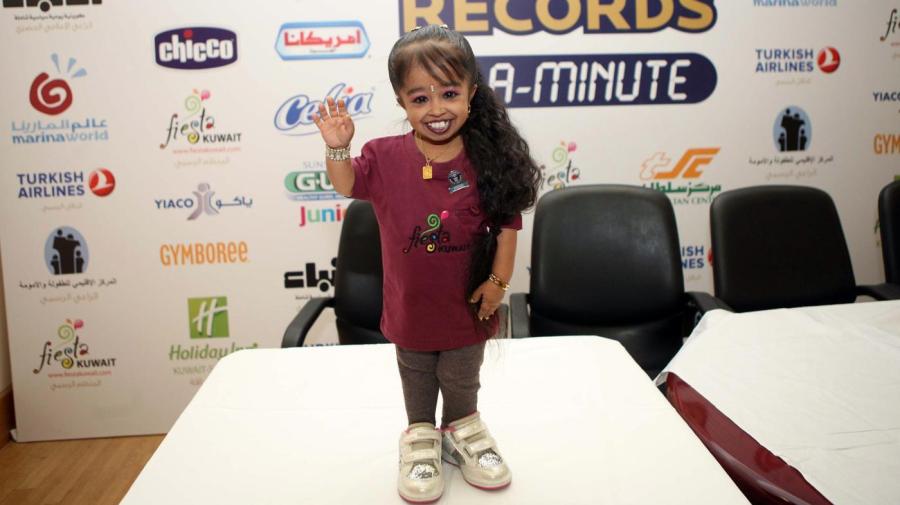What Is the Life Expectancy of a Little Person?

In individuals with achondroplasia, the leading cause of dwarfism in humans, the life expectancy is normal, according to the National Human Genome Research Institute. This condition affects the growth of bones. While it leads to some health concerns, doctors are able to provide care that prevents these conditions from becoming life-threatening.
KidsHealth indicates that as the person with dwarfism grows, there are some potential health problems. Babies suffer an abnormal number of cases of sleep apnea due to the smaller anatomy or a blockage by the adenoids and tonsils. Individuals with dwarfism are also susceptible to weight problems and curvature of the spine.
The National Human Genome Research Institute reports that more than 80 percent of individuals born with achondroplasia are born to parents having normal stature. It is a result of a gene mutation within either the egg or sperm. Such parents have a slight chance of having a second child with the condition. Children born to an individual with a partner without the condition have a one in two chance of having achondroplasia. When both parents have achondroplasia, there is a 50 percent chance of any child they conceive having the condition and a 25 percent chance the child will be of normal stature. Twenty-five percent of the offspring inherit the mutation from both parents in a condition known as homozygous achondroplasia. This condition causes death.





